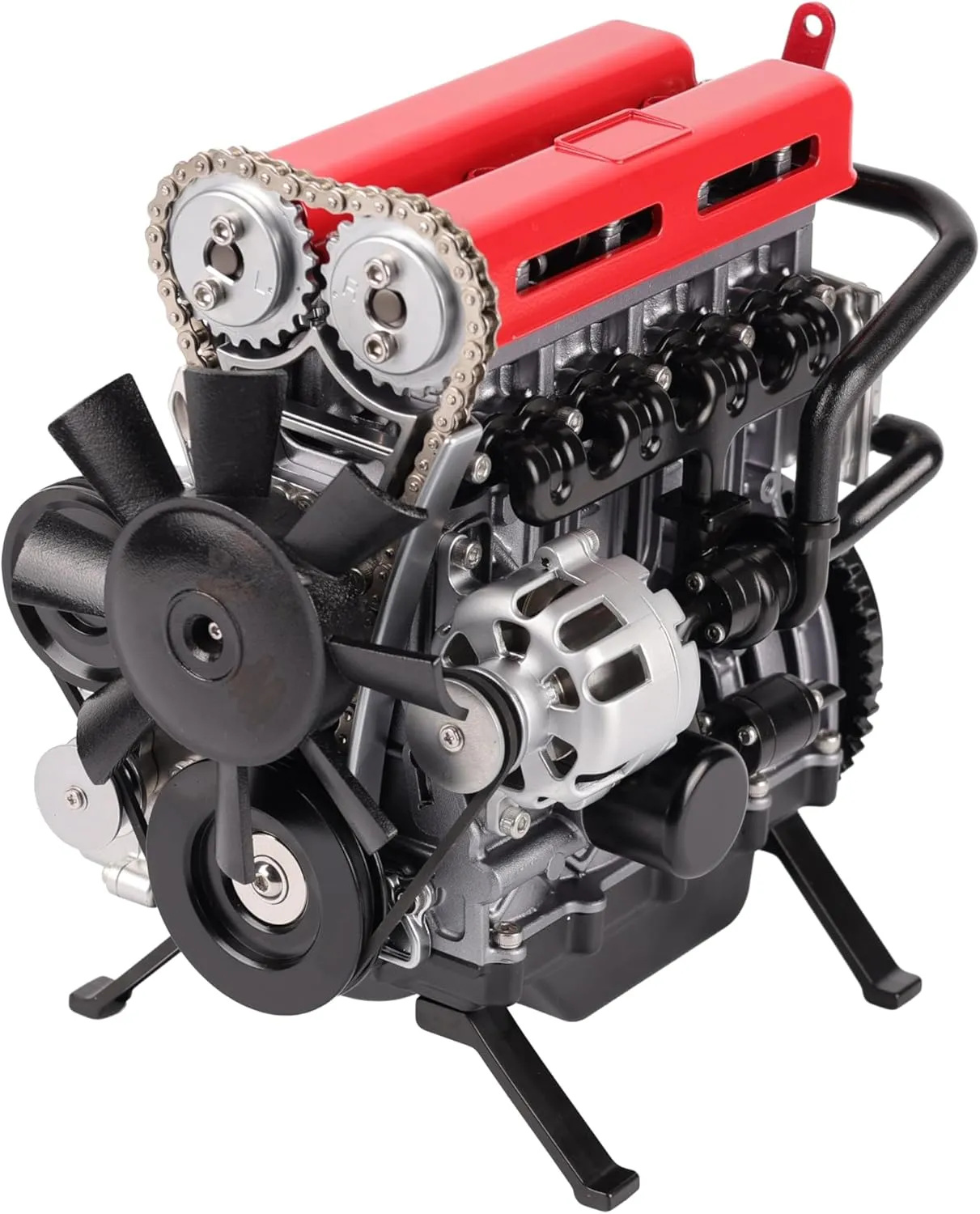- Metal: It is made of metal material, precision cast by CNC process, oxidized aluminum alloy, and exquisite workmanship at the level of collection handicrafts.
- Mechanical: The classic mechanical mechanism is presented, so the transmission process is clear at a glance, exhibiting the beauty of the machinery with rigorous logic and surging strength
- Real: With the historical classic invention and product as the design prototype, it presents the core principle of machine operation, and intuitively demonstrates the application value of machine
- Classic: The product design is inspired by classic creations and excellent works that are representative and nodal in the history of human industrial science and technology. It is modeled in proportion and highly restored
- Craft: More than 300 parts are finely polished by professional abrasive tools, which perfectly explains human's wisdom creation and yearning for the great industrial era.
- Extension: While each product has its own independent function and structure, the product can be upgraded, combined and transformed by designated kit or DIY modification parts
- Assembly: The original product requires the user to assemble the parts in a complete machine. The whole process is close to the professional assembly line process, which is an interesting and challenging experience
- Significance and Value: Develop interests and hobbies by DIY assembly, improve hands-on ability and concentration ability, stimulate innovative thinking, and understand and learn the structure and operating principles of engines. The model can not only be used as an educational toy and learning AIDS in educational science, but also be used as a high-end high-quality model collection. Meanwhile, it is also suitable for friends and family.
Story: Prior to the invention of the turbocharger, forced induction was only possible using mechanically-powered superchargers. Use of superchargers began in 1878, when several supercharged two-stroke gas engines were built using a design by Scottish engineer Dugald Clerk.Then in 1885, Gottlieb Daimler patented the technique of using a gear-driven pump to force air into an internal combustion engine.












